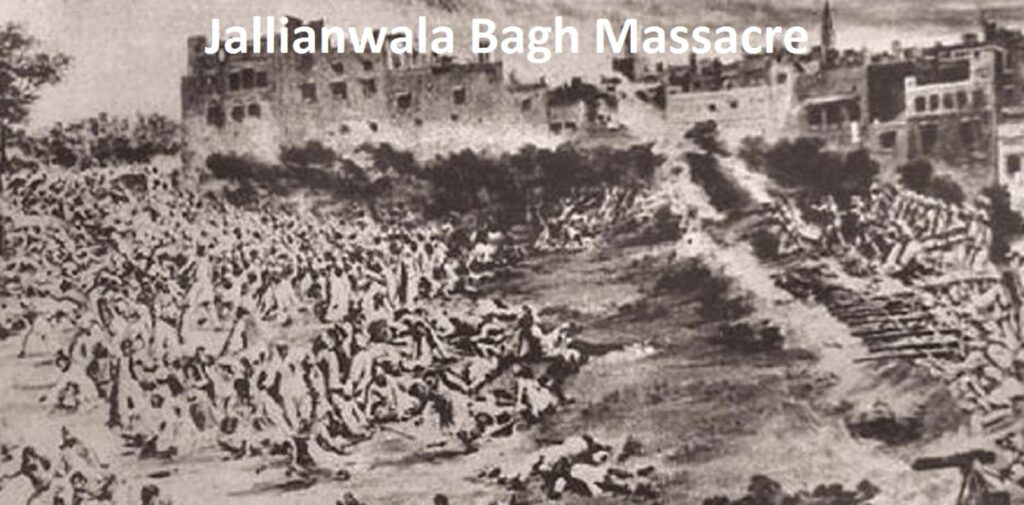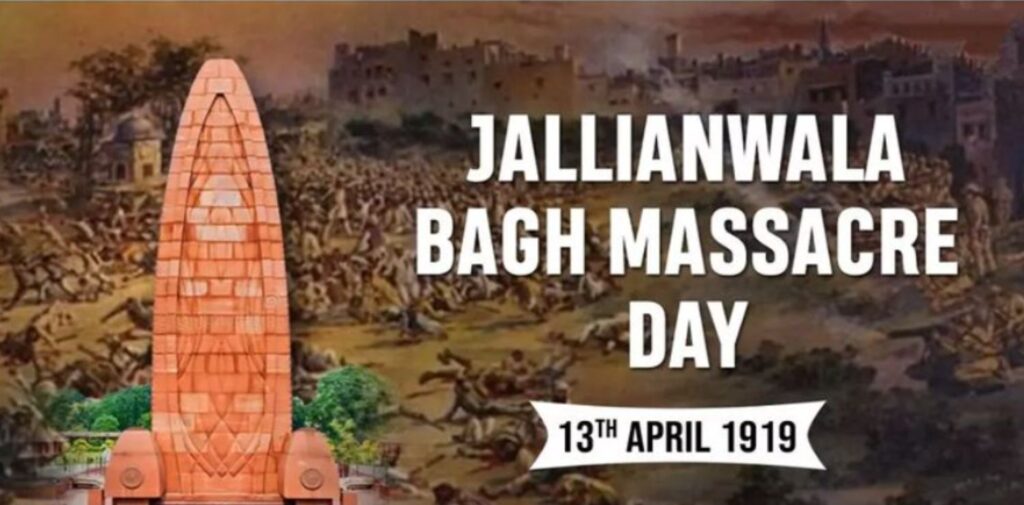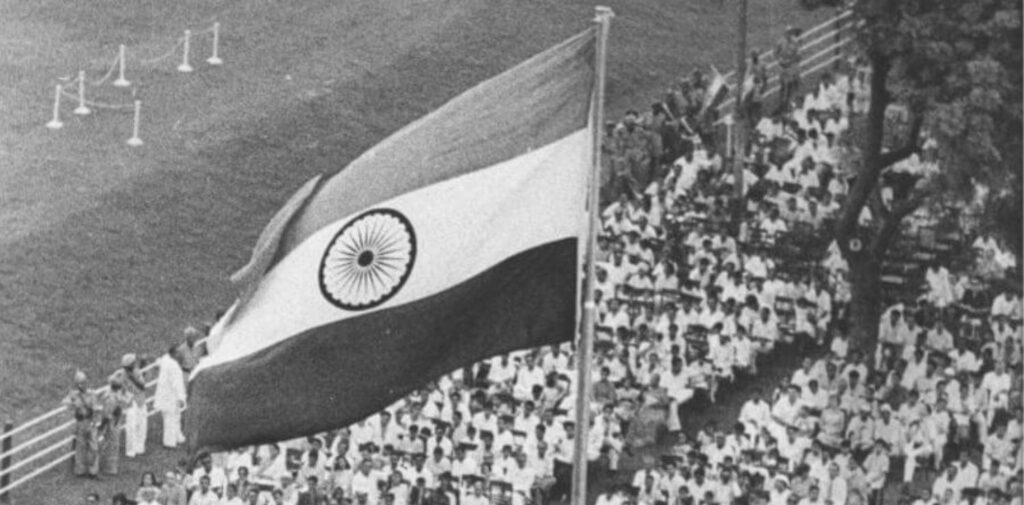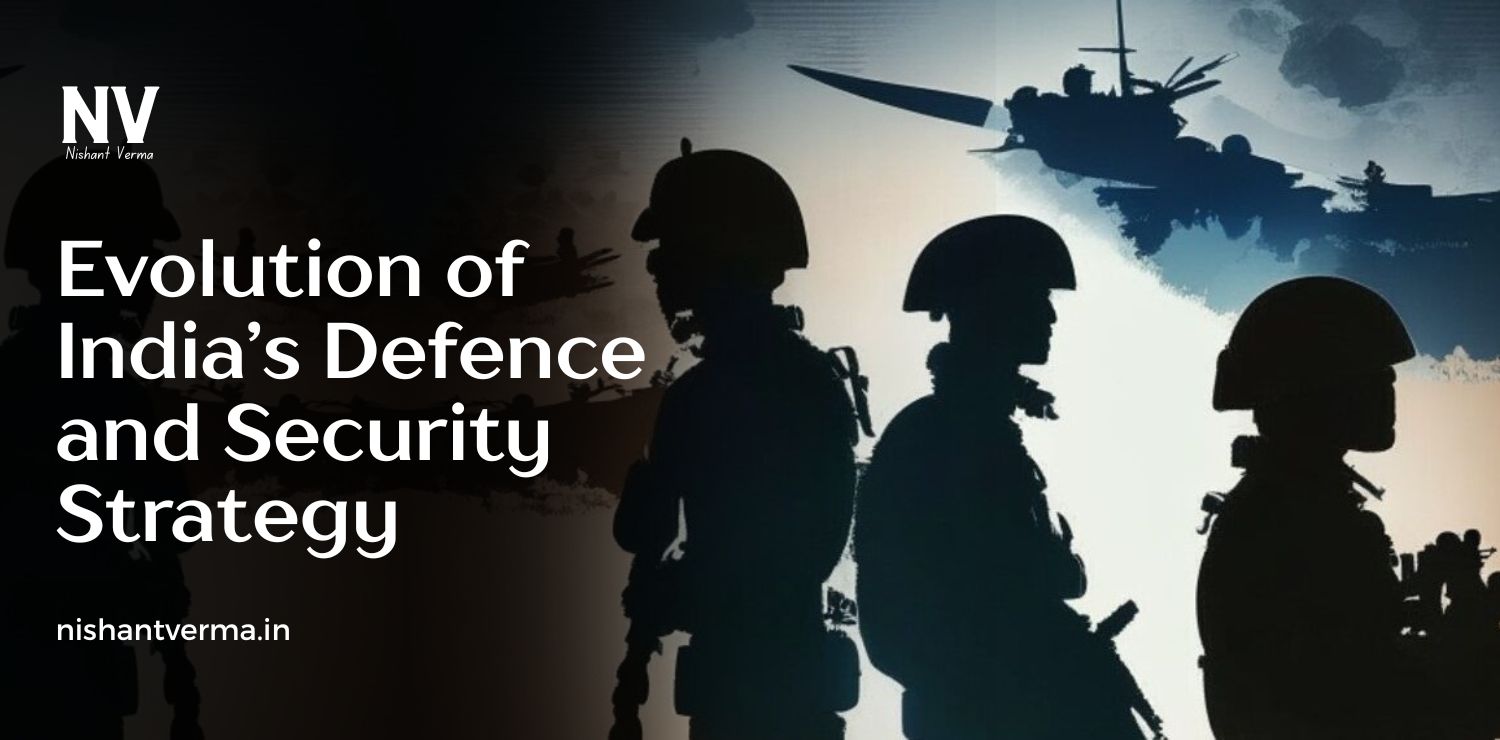The Jallianwala Bagh massacre is one of the darkest chapters in the history of British colonial rule in India. It not only shocked the conscience of the nation but also became a pivotal event that significantly shaped India’s freedom movement. The massacre marked a point of no return for many Indians, intensifying their desire for independence and uniting them against British tyranny.
In this article, we will explore the significance of the Jallianwala Bagh massacre, its causes, what happened that fateful day, and how it impacted India’s long struggle for freedom.
What Was the Jallianwala Bagh Massacre?
The Jallianwala Bagh massacre took place on April 13, 1919, in Amritsar, Punjab. On this day, a large crowd of men, women, and children had gathered in Jallianwala Bagh, a public garden, to peacefully protest against the repressive Rowlatt Act. The Rowlatt Act was a law passed by the British government in India that allowed for the arrest and detention of Indians without trial, giving the colonial authorities sweeping powers to suppress dissent.
The crowd in Jallianwala Bagh had gathered to protest these oppressive laws. They were also commemorating the sacrifices made by other freedom fighters and voicing their opposition to the growing repression. However, what happened next shocked not only the people present but the entire country and even the world.

Brigadier General Reginald Dyer, the British officer in charge of the area, ordered his troops to open fire on the unarmed crowd. With no warning, British soldiers fired without mercy for nearly 10 minutes. The firing lasted for about 1,650 rounds, hitting men, women, children, and the elderly. People tried to flee, but the narrow entrances to the park were locked, and many were trampled underfoot.
When the firing stopped, around 379 people were confirmed dead, although some estimates say that the actual number may have been much higher, possibly over 1,000. The incident left over 1,000 others wounded, many of them seriously. The brutality of the massacre left a deep scar in the hearts and minds of Indians.
What Led to the Jallianwala Bagh Massacre?
To understand the full significance of the massacre, it’s essential to consider the historical and political context leading up to it.
- The Rowlatt Act (1919): The Rowlatt Act, also called the Anarchical and Revolutionary Crimes Act of 1919, was enacted by the British colonial government in India. It was meant to curb the growing nationalist movement led by leaders like Mahatma Gandhi and Pandit Jawaharlal Nehru. The Act gave the British government sweeping powers to arrest and detain any Indian suspected of anti-government activities without trial or due process. This law was seen as an attempt to silence the freedom movement and to keep the Indian people under control through fear. This repressive law caused widespread anger and resentment across India. The Rowlatt Act led to protests and demonstrations in various parts of the country, including Punjab, which was one of the most politically active regions at the time.
- Mahatma Gandhi’s Non-Cooperation Movement: By 1919, Mahatma Gandhi was gaining increasing support for his non-violent struggle for India’s independence. He launched the Non-Cooperation Movement in 1919 to protest against British rule, urging Indians to withdraw from British institutions, schools, and services. Gandhi’s movement was gaining momentum, and the British were alarmed by the growing popularity of his ideas. They hoped that the oppressive measures of the Rowlatt Act would bring the situation under control. However, the Indian masses were not willing to accept this suppression, and protests erupted in several parts of the country, especially in Punjab.

The Day of the Massacre: April 13, 1919
On April 13, 1919, thousands of people gathered in Jallianwala Bagh, a peaceful garden in Amritsar, Punjab. Many of them were unaware of the British orders banning public gatherings. The people had come to protest peacefully against the repressive Rowlatt Act. Some were there to attend the Baisakhi festival, a significant harvest festival in Punjab, while others were simply expressing their discontent with British rule.
Brigadier General Reginald Dyer, who was responsible for the area, had been informed of the crowd’s gathering. He saw this as a challenge to British authority and decided to take severe action. Without warning, Dyer marched into the garden with 50 soldiers. He ordered them to open fire on the peaceful gathering, shooting indiscriminately at the crowd for over 10 minutes.
The crowd, unable to escape because of the narrow, locked entrances, was helpless. People were killed as they tried to flee or shield themselves. Some people jumped into a well to escape the bullets, but many died there as well. The brutality of the massacre was shocking, and it quickly spread across India, igniting feelings of deep anger and hatred towards the British government.
The Aftermath of the Massacre
After the massacre, General Dyer was hailed by some British officials for his actions, as they saw him as restoring order. However, for the people of India, this incident became a symbol of British cruelty and oppression. The massacre turned many moderate Indians against the British and made the demand for complete independence louder than ever.
- Nationwide Protests and Outrage: The massacre sparked widespread protests across India. People took to the streets, not just in Punjab but in other parts of the country as well. The British colonial government faced a massive backlash from all sections of Indian society, including students, workers, and political leaders. The British response to these protests was heavy-handed, with more arrests and repressive measures.
- The Role of Leaders like Gandhi and Nehru: The massacre had a deep emotional impact on India’s prominent leaders. Mahatma Gandhi, who had been leading the Non-Cooperation Movement, intensified his call for resistance to British rule. Gandhi called for a nationwide day of mourning, urging Indians to boycott British goods and institutions. He also mobilized people for peaceful protests, strikes, and demonstrations. Jawaharlal Nehru, who later became India’s first Prime Minister, was also deeply affected by the massacre. He became more committed to the idea of complete independence, and like many other leaders, he realized that only through mass mobilization could India achieve freedom.
- International Outrage: The brutality of the massacre was condemned not only in India but also internationally. People around the world were shocked by the scale of the violence, and many newspapers in Europe and the United States published articles criticizing the British actions in Amritsar. Public opinion in Britain itself became divided, with some people supporting the British government and others condemning the massacre.

The Impact on India’s Freedom Movement
The Jallianwala Bagh massacre had far-reaching consequences for India’s freedom movement. Here’s how it impacted the struggle for independence:
- Shift from Moderate to Radical Politics: Before the massacre, the Indian independence movement was largely led by moderate leaders who believed in negotiating with the British for greater autonomy. However, the brutality of the massacre shifted the focus of the movement. Leaders like Subhas Chandra Bose, Bhagat Singh, and Lala Lajpat Rai became more radical in their approach, calling for complete independence and even the use of force if necessary.
- End of British “Goodwill” in India: The massacre shattered any remaining goodwill towards the British. Many Indians, who had hoped for reforms and better treatment under British rule, were disillusioned. The massacre proved that the British were not willing to make concessions, and their rule was not just unjust, but also cruel.
- A Strengthened Demand for Complete Independence: The massacre greatly strengthened the demand for complete independence from British rule. People across India began to see the British as an occupying force, and the desire for a free India grew stronger. This event became one of the key moments that led to the mass movements of the 1930s and 1940s, which ultimately resulted in India’s independence in 1947.
Legacy of the Jallianwala Bagh Massacre
The Jallianwala Bagh massacre remains a symbol of colonial oppression and a turning point in India’s struggle for freedom. Every year, on April 13, the nation observes a day of remembrance, honouring the lives lost in the massacre and reflecting on the importance of freedom.
The massacre also stands as a reminder of the courage and resilience of the Indian people in the face of brutal oppression. It inspired generations of freedom fighters and continues to inspire movements for justice and human rights around the world.
Conclusion: A Moment That Changed India Forever
The Jallianwala Bagh massacre was not just a horrific event in India’s history; it was a moment that forever changed the course of the nation’s struggle for independence. The brutal violence unleashed on innocent civilians by the British forces united the Indian people in their determination to overthrow colonial rule. The massacre ignited the flame of nationalism, strengthening the resolve of leaders and citizens alike to fight for a free and independent India.
The Jallianwala Bagh massacre was a turning point in the Indian freedom movement, and its legacy continues to resonate to this day. It remains an indelible mark of the cruelty of British colonialism, but also a testament to the power of people’s resilience in their quest for justice and freedom.




